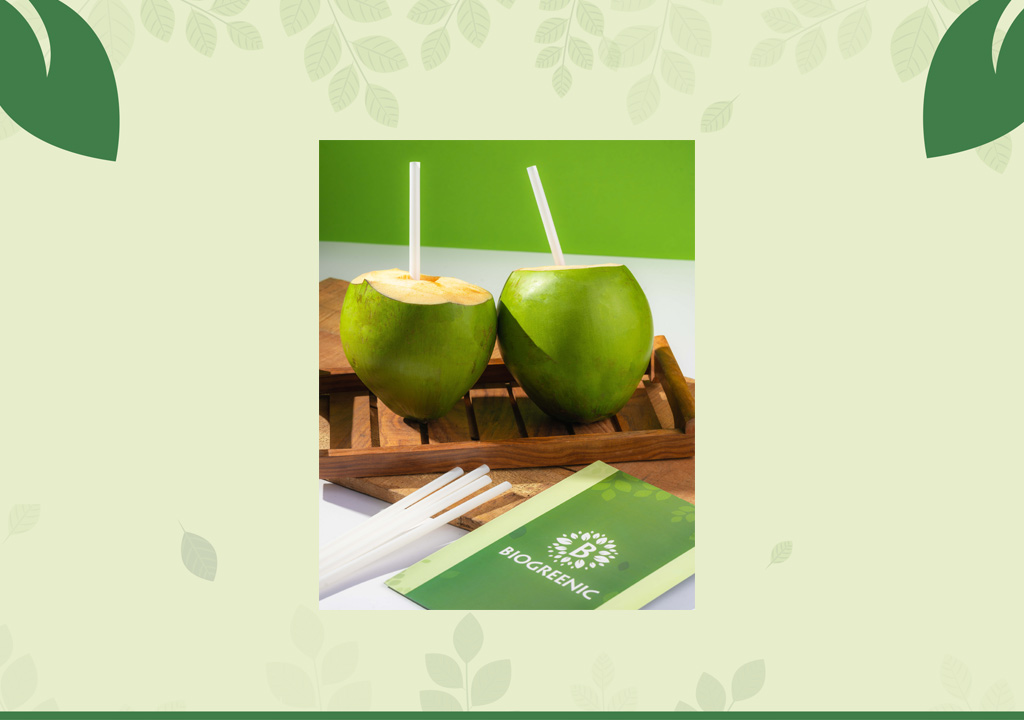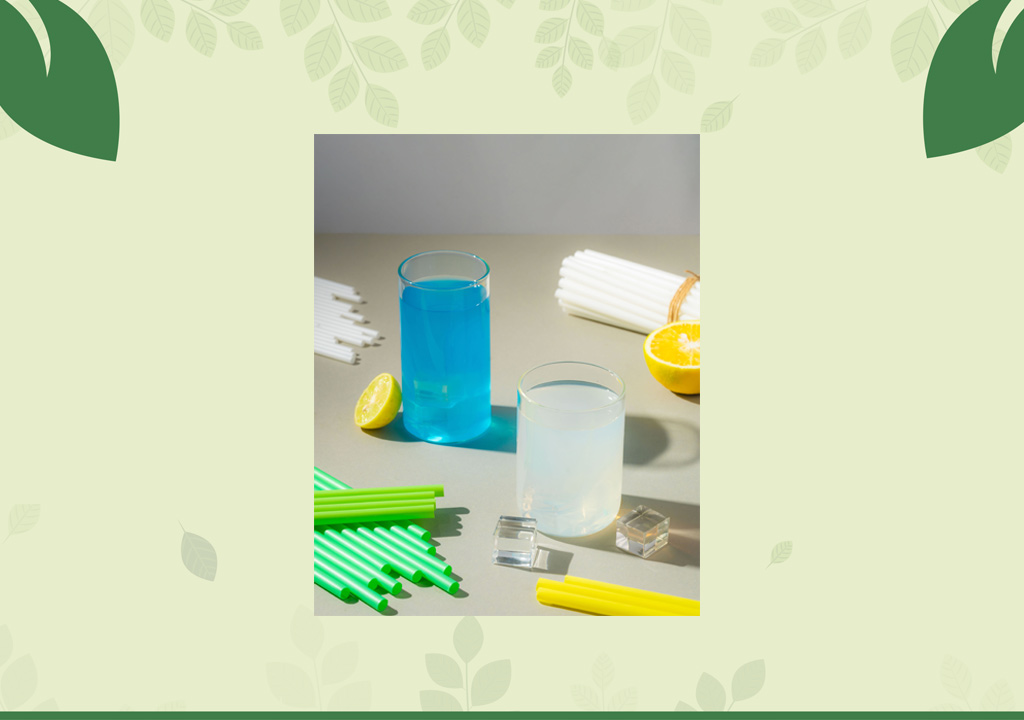In recent years, the push for more sustainable alternatives to single-use plastic has led to a significant rise in the popularity of paper straws. While well-intentioned, paper straws come with a host of limitations that make them less desirable for many consumers. Enter PLA (polylactic acid) straws, a biodegradable and compostable option that addresses many of the shortcomings of paper straws. Here's why PLA straws are a better alternative:
Durability and User Experience
One of the most common complaints about paper straws is their tendency to become soggy and collapse during use. This can be particularly frustrating with thicker beverages like milkshakes or smoothies. PLA straws, on the other hand, maintain their integrity throughout the entire drinking experience. Made from a type of bioplastic derived from renewable resources such as corn starch or sugarcane, PLA straws offer similar durability to traditional plastic straws without the environmental guilt.
Taste and Mouthfeel
Paper straws often impart an undesirable taste to beverages, altering the flavor of drinks and diminishing the overall experience. Moreover, the texture of paper straws can be rough and unpleasant. PLA straws are smooth and tasteless, ensuring that the enjoyment of your favorite drink is not compromised by the material of the straw.
Environmental Impact
Both paper and PLA straws are designed to be more environmentally friendly than traditional plastic straws. However, PLA straws have a distinct advantage when it comes to their lifecycle. PLA is made from renewable resources and is compostable, meaning it can break down into natural components in a commercial composting facility within a relatively short period. While paper straws are also biodegradable, the production process of paper can be resource-intensive, involving significant water and energy usage.
Lower Carbon Footprint and Resource Efficiency
The production of PLA straws generally results in a lower carbon footprint compared to paper straws. The cultivation of the raw materials for PLA absorbs CO2 from the atmosphere, partially offsetting the emissions from production. This contrasts with the paper manufacturing process, which is more energy-intensive and involves emissions from deforestation and processing. Additionally, the production of PLA straws is more resource-efficient compared to paper straws. The agricultural processes involved in growing the crops for PLA production can be managed sustainably. In contrast, paper production typically involves deforestation, high water consumption, and the use of chemicals in the pulping process. By choosing PLA straws, we can reduce the strain on natural resources and minimize the environmental footprint associated with straw production.
Cost-Effectiveness
While both PLA and paper straws are currently more expensive than traditional plastic straws, the cost of PLA straws is expected to decrease as production scales up and technology advances. The durability of PLA straws also means that fewer straws are needed per user, as they do not need to be replaced mid-drink like paper straws often do. Over time, this can make PLA straws a more cost-effective option for businesses and consumers alike.
Consumer Acceptance
For many consumers, the switch to paper straws has been met with resistance due to the aforementioned issues. PLA straws, by offering a more familiar and pleasant drinking experience, are more likely to be accepted and embraced by the public. This increased acceptance can drive broader adoption and ultimately lead to a greater positive environmental impact.
Conclusion
While the intention behind the shift to paper straws is commendable, they fall short in terms of user experience, durability, and overall environmental impact. PLA straws present a viable and superior alternative, combining the benefits of sustainability with the practicality and pleasure of traditional plastic straws. As we continue to seek out and implement eco-friendly solutions, PLA straws stand out as a promising step toward a more sustainable future.








